|
It's here! The new Citizen Science in Gatineau Park program report has arrived. Discover the results of all of our surveys: anura (frogs and toads), common loon, monarch butterfly, and much more. A must for anyone curious about the Park's biodiversity! It is probably without surprise that you will be reading this news. Since the Park is closed until further notice, we have to cancel the anura survey for this year. However, we hope to be able to go ahead with the other components.
For the moment, we are unable to confirm when the activities will be able to resume, so the Program’s registration period has been postponed. If you participated in the 2019 edition of the Program, we will notify you by e-mail when dates or cancelations will be confirmed. If you haven’t participated in 2019, you can get updates here or by contacting us. Simon Landry Galloper or bounder? Fox or coyote? Awesome, fisher tracks! There’re lots of hare tracks here!
These are some of the thoughts that go through participants' minds as they carry out their field surveys for the Animal Tracks Inventory. This inventory is one of the many activities of the Citizen Science in Gatineau Park program, a collaboration between the Friends of Gatineau Park and the National Capital Commission. This winter component allows a better understanding of the use predators, such as coyotes, lynx, martens or fishers, make of the ecological corridors linking Gatineau Park to the other natural areas surrounding it. The ecological links between the Park and these natural environments are important for the health of these species. This survey supplements the one carried out by students from the University of Ottawa, who are assigned corridors located more toward the northern end of the Park. The second year of this component came to a close in March, with 26 participants having taken part in 22 outings spread over 5 weeks and 5 corridors, from Wakefield to Aylmer, via Chelsea and Hull. Learning to identify animal tracks in the snow, contributing collectively to a better understanding of the Park’s ecological integrity, spending time in the forest while taking the time to observe and be amazed, these are the advantages of participating! We are already looking forward to doing it again in 2021 and we invite you to join us (again, or for the first time). Catherine Dumouchel (trans. Simon Landry) Photo: Carolyn Cahill and Jon Stuart (cropped) Our first report (spring and summer 2018) has just been published. Find out the results of the anuran (frogs and toads), common loon, and monarch butterfly surveys, as well as the results of the periwinkle removal outing, by reading about them here: This year has seen our first monarch tagging activity. It started off great with a monarch flying right into the parking lot, just after we finished the explanations (while the Coordinator [yours truly] was storing the excess equipment!). The entire team was able to participate in catching and tagging this butterfly. This lucky encounter somewhat set aside the doubts we had because of the temperature and wind and it is with higher confidence that we set out toward the fields.
In the end, we caught a grand total of one monarch. . . . To paraphrase one of the participants, at least we can say that we tagged 100% of the monarchs we caught! :-) (And the results are 100% better than they would have been on the original [rainy] date.) We also spent a beautiful afternoon in nature, having fun with like-minded individuals, in the magnificent landscape of the Meech Creek Valley. Moreover, we came across a yellow garden spider (argiope aurantia), a fairly common, but visually striking, species of spider, and one that I had never before seen in person (something I was very much hoping would happen eventually). Monarch tagging While the monarch’s migrations are fairly well known, tagging programs continue to reveal important information about them. According to Monarch Watch, their program (to which we contribute with this activity) yields information about the origin of the monarchs that reach Mexico, the timing and duration of their migration, their mortality rate, and changes in the geographic distribution. Hence, these programs help us better understand this phenomena and the factors affecting success. They are also a great example of large scale citizen science and its contributions to regular science. https://monarchwatch.org/tagging/ Simon Landry On Saturday, July 27, the Program participants surveyed the population of monarch butterflies close to the P3 parking lot (Gamelin and the Gatineau Parkway). Thanks to dedicated work, we inspected almost 1600 milkweed plants on which we observed 23 eggs, 6 caterpillars and 2 adults. This survey effort fits within Mission Monarch, which is run, in Eastern Canada, by the Montréal Insectarium. Its purpose is to collect information and protect the species. Text, photos, and above video by Marina Torreblanca (translation by Simon Landry) This is what fun work looks like: exploring a beautiful lake in search of common loons. On Sunday, May 26, participants from the Program met at LaPêche Lake to find out how many loons were using it. To make the task easier (it's a big lake!) we split it in sections so each team could explore part of the lake, then we set off in search of our subject. How many did we spot?: 14 The day was full of fun, physical activity, and sun, and we are looking forward to the next one, in July. Note: you may have heard that there is only ever one loon couple per lake. In reality, this is true for smaller lakes, but, in large lakes, several couples can live in separate territories, with some common areas. ... and for those who have never seen water lily roots: Photos: Marina Torreblanca
On March 27 we held an information session about the upcoming spring, summer and fall season of the program’s 2019 edition. We have a good group again this year, for a season that is shaping up to be interesting. We will continue the surveys started last year for the frogs and toads, the common loon, and the monarch, as well as the periwinkle removal activity. We will also add a tagging component to the monarch survey.
We are already looking forward to comparing this season’s results against last year’s. The 2018 report will be made publicly available soon. |
AuteurÉcrivez quelque chose à votre sujet. Pas besoin d'être fantaisiste, juste un aperçu. Archives
Décembre 2021
Catégories |



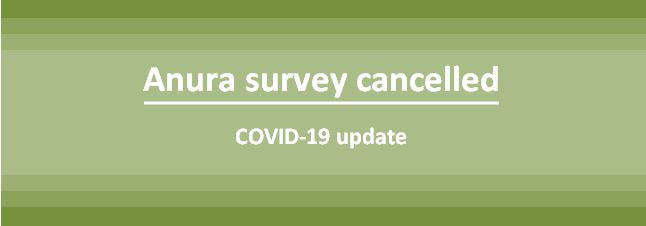





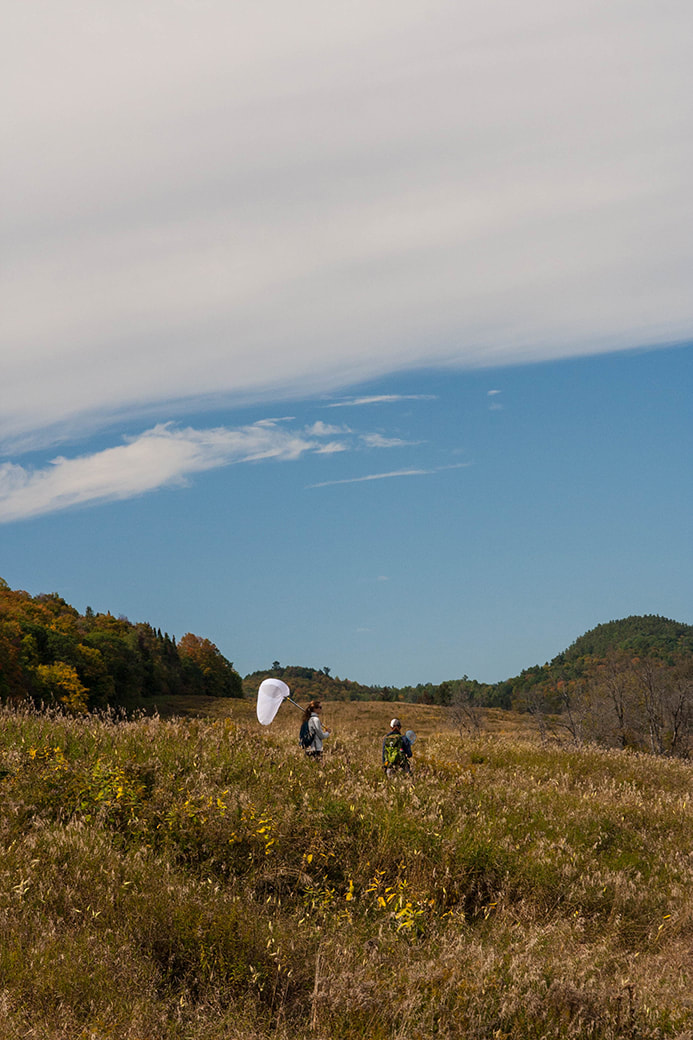





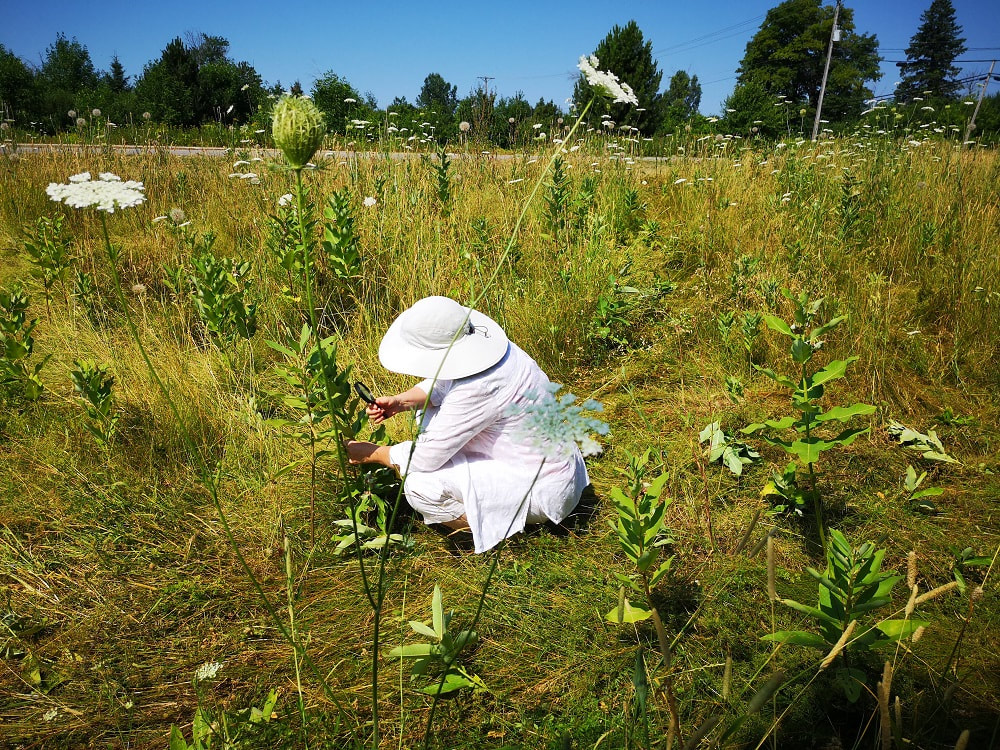
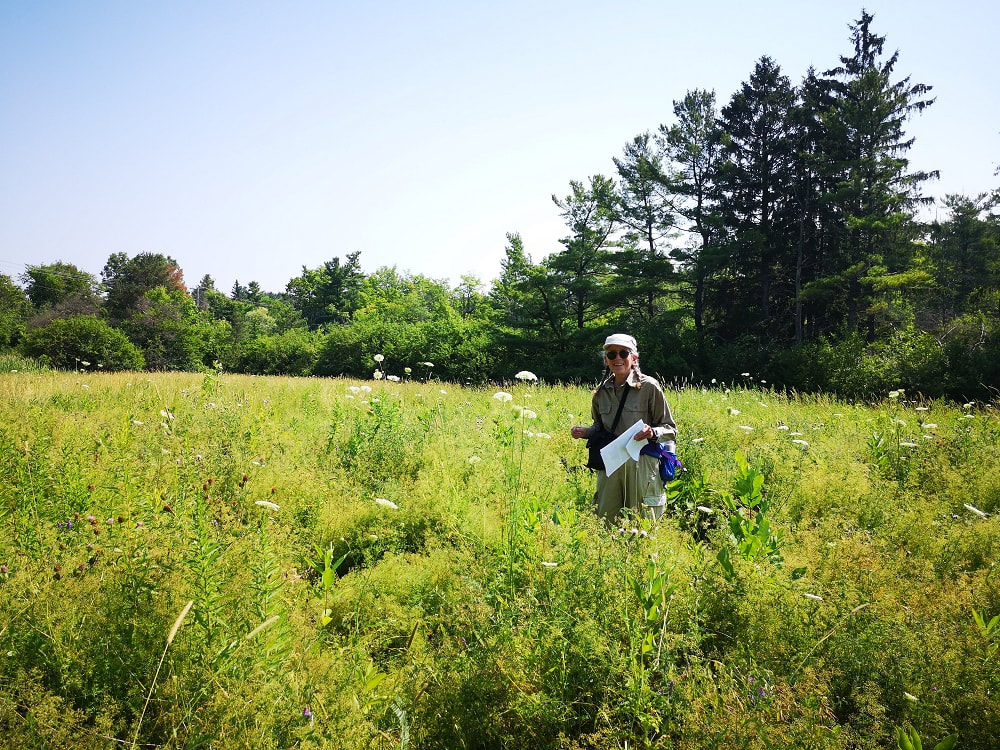

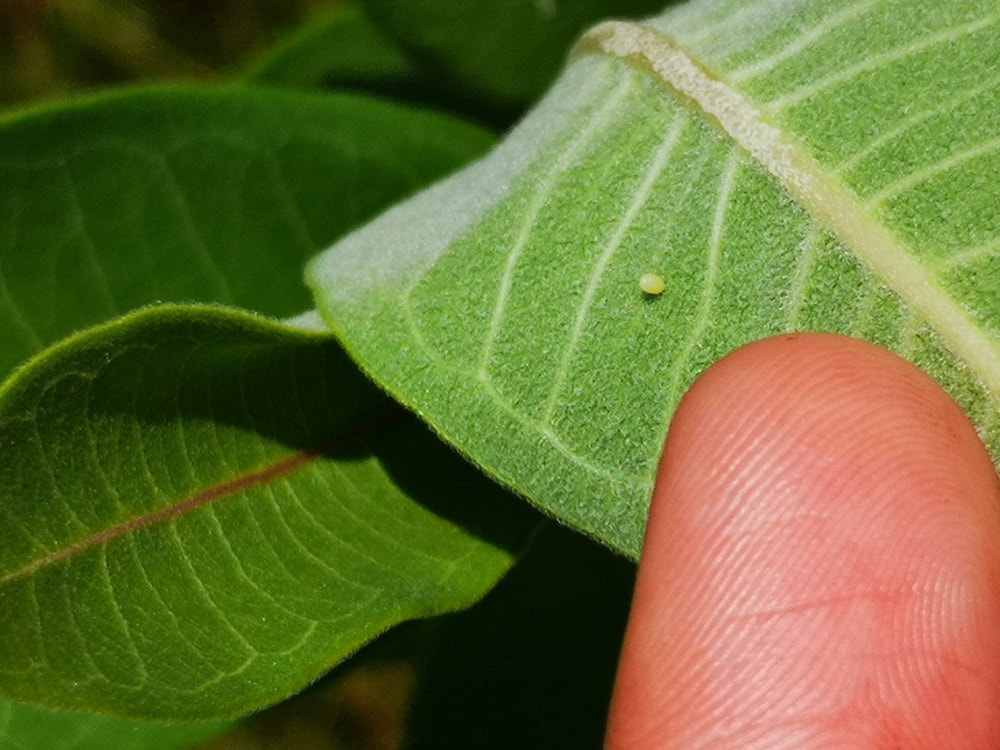





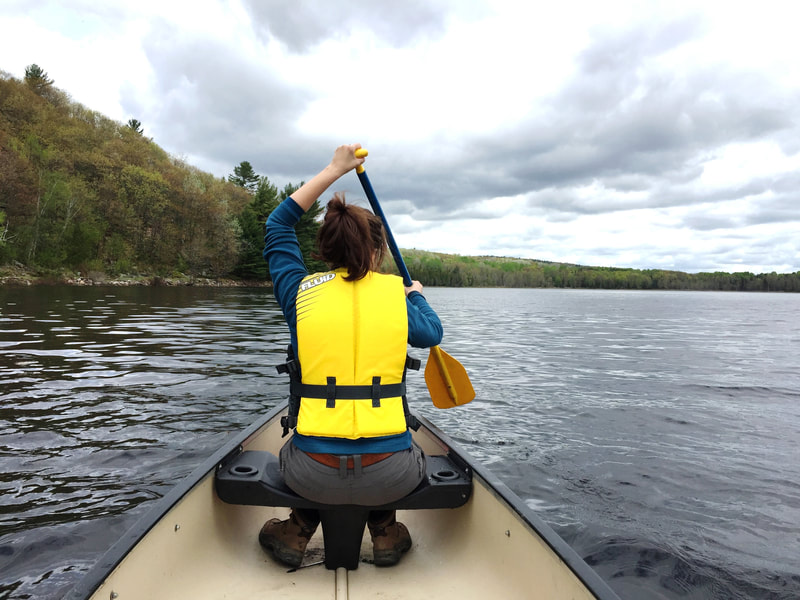
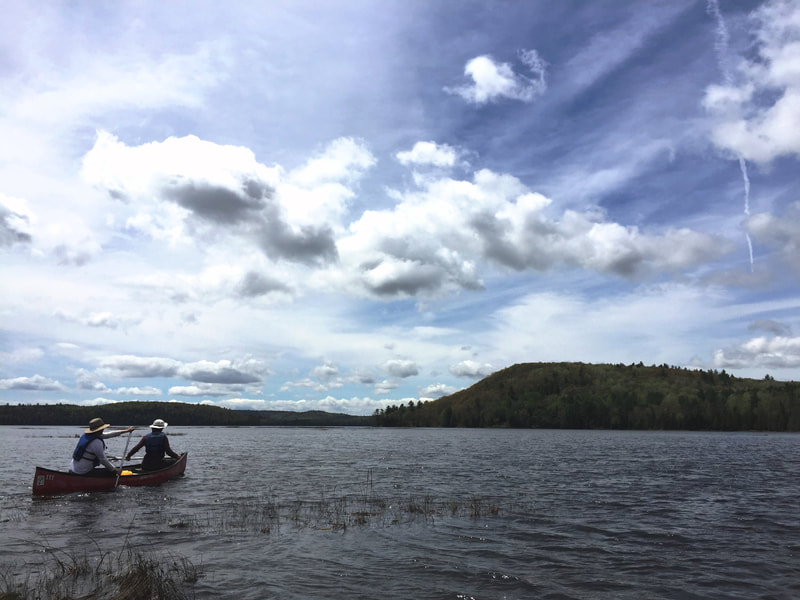



 Flux RSS
Flux RSS